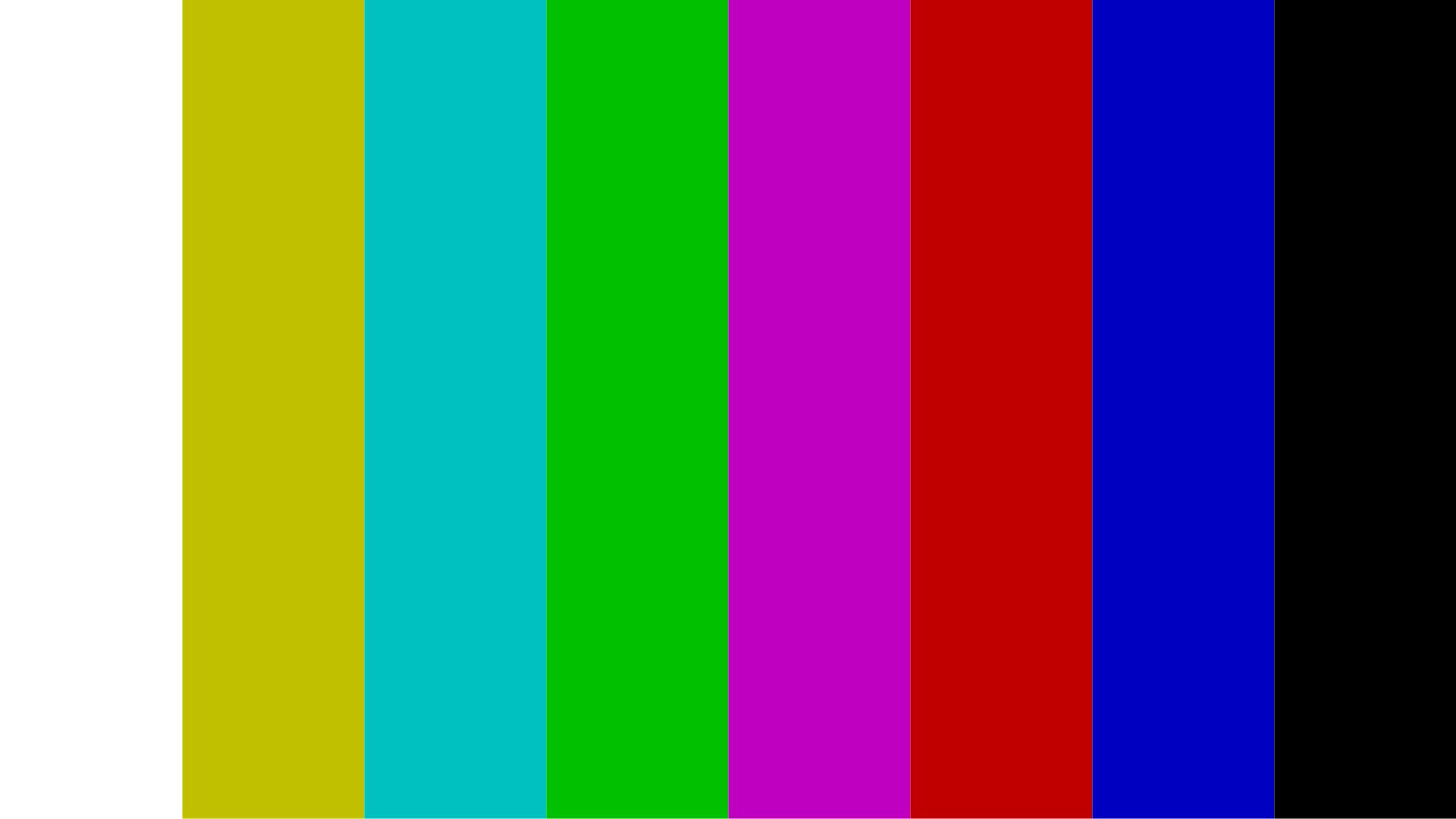The analogue video is actually made up of two separate signals. The intensity (brightness and contrast) or luminance and then the colour signals.
On a monochrome display, the colour information is not used, as the TV / monitor only has the circuitry to process the luminance signal.
The human eye has different receptors to detect light, one type does intensity and a different type detects the colours. This is why you can’t distinguish colours in dark/very low light conditions.
The upshot of all this is, without the distraction of seeing colour, the different ‘colours’ on screen have different luminance levels. And it’s not an accident that they are in order of black through to white. This was deliberate.
See also the TV colour bar test card

Notice the order of the colours...
If you look at the waveform of the video signal when a colour bar test card is being displayed, without the colour information, the signal level looks like a staircase going down (left = top, to bottom = right).
Mark